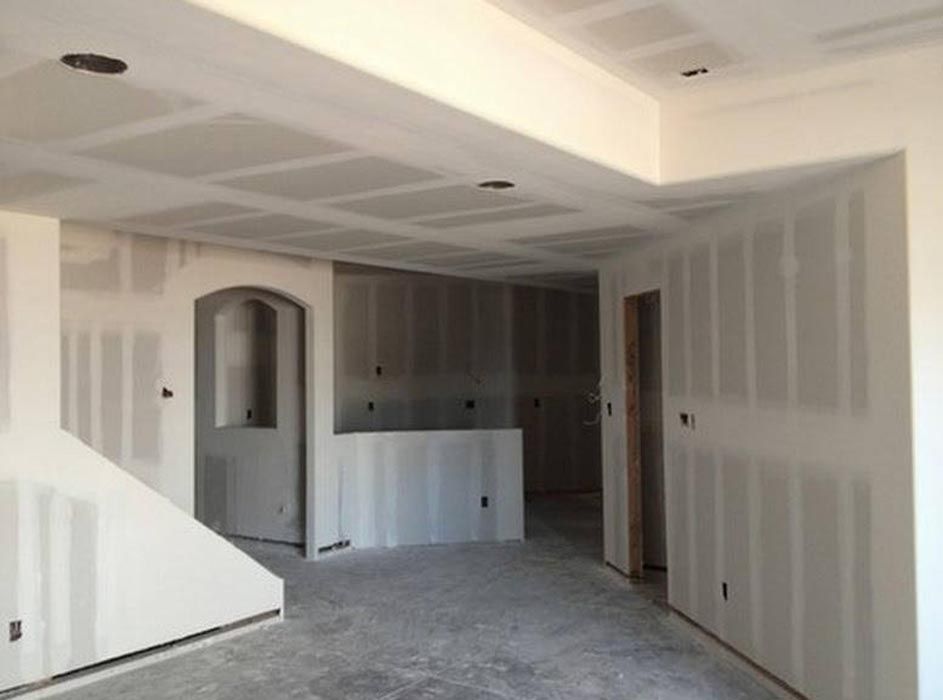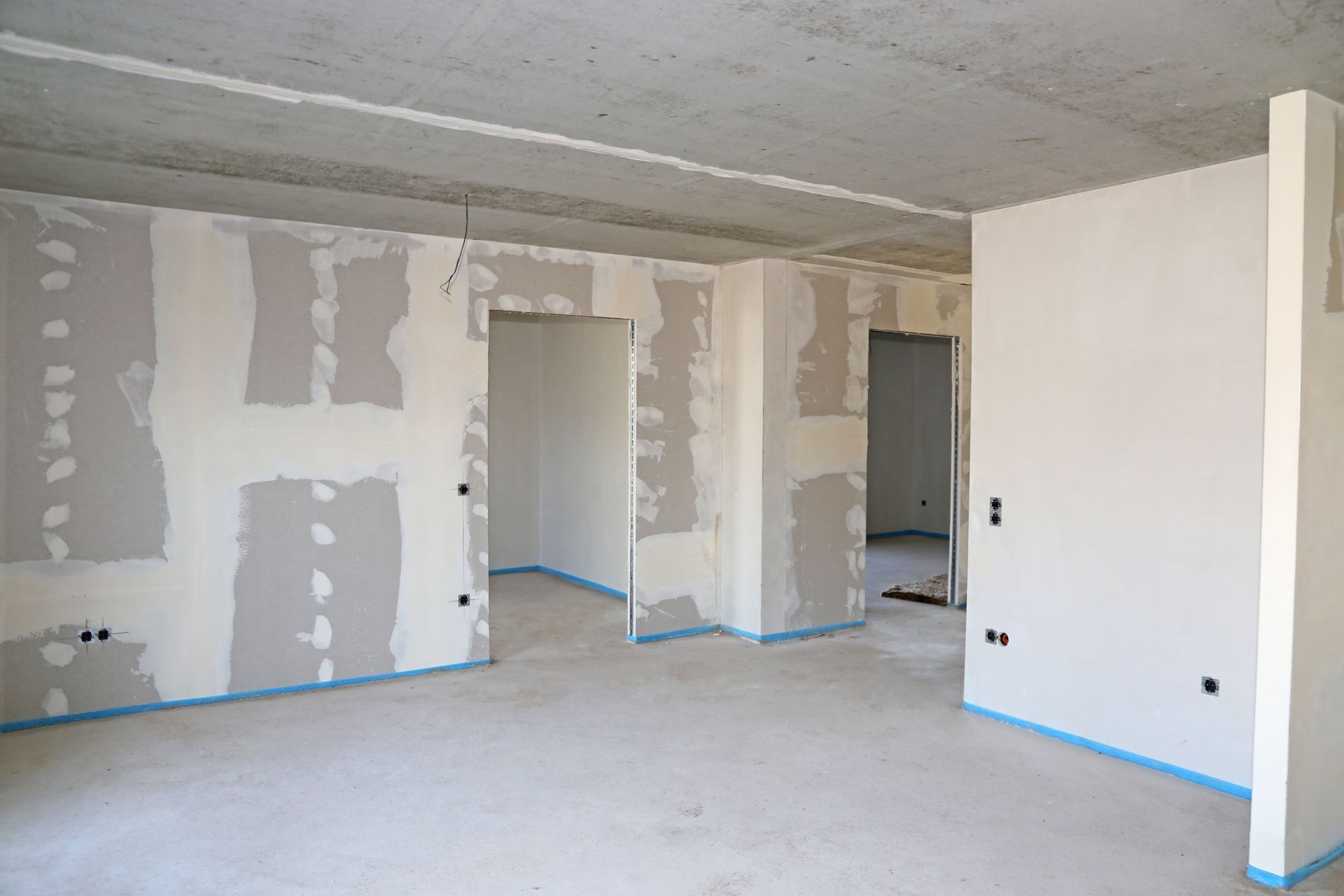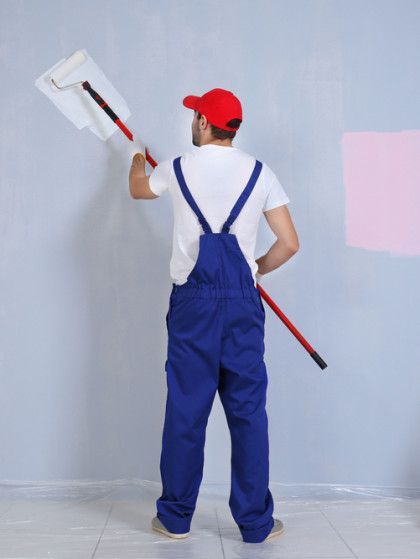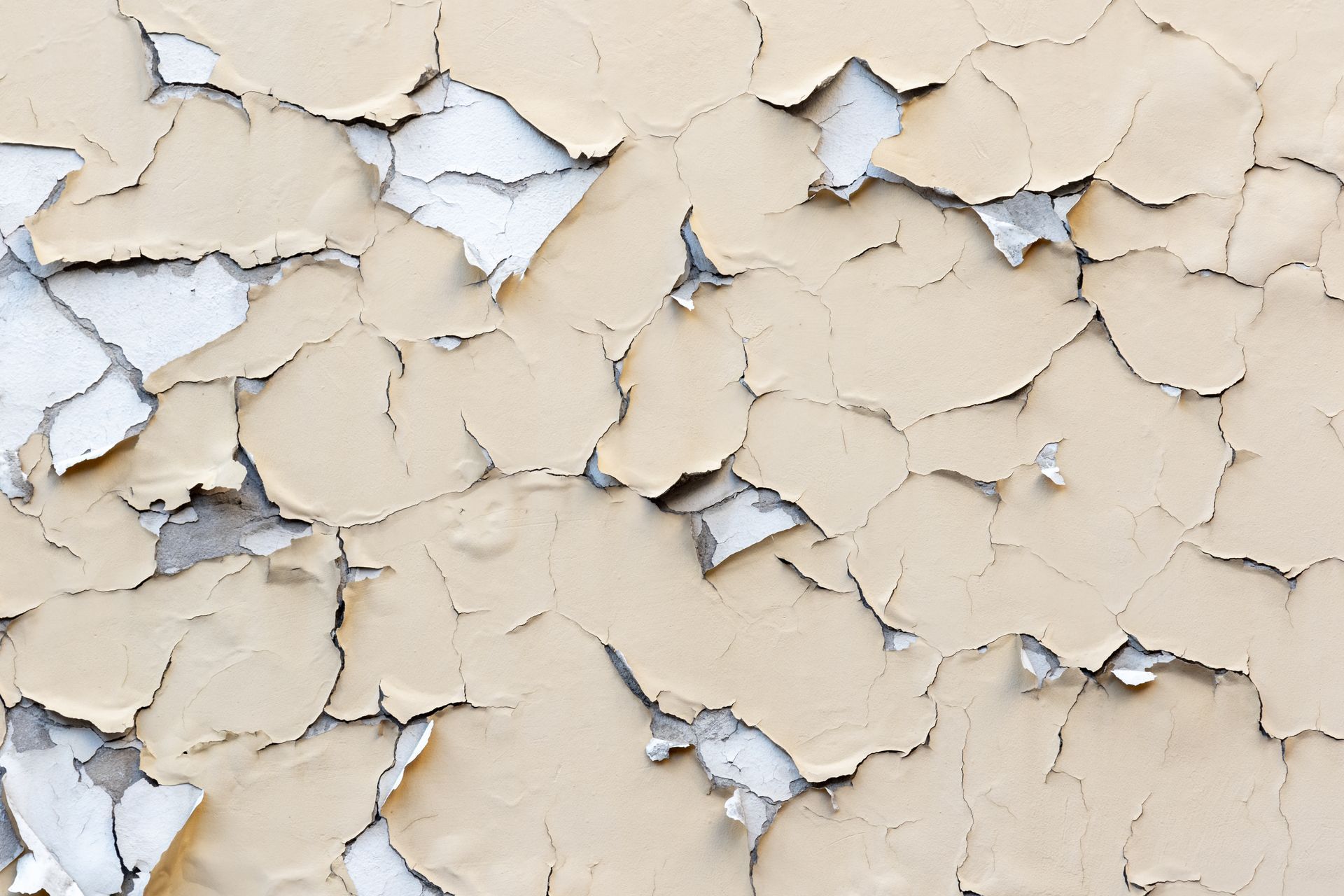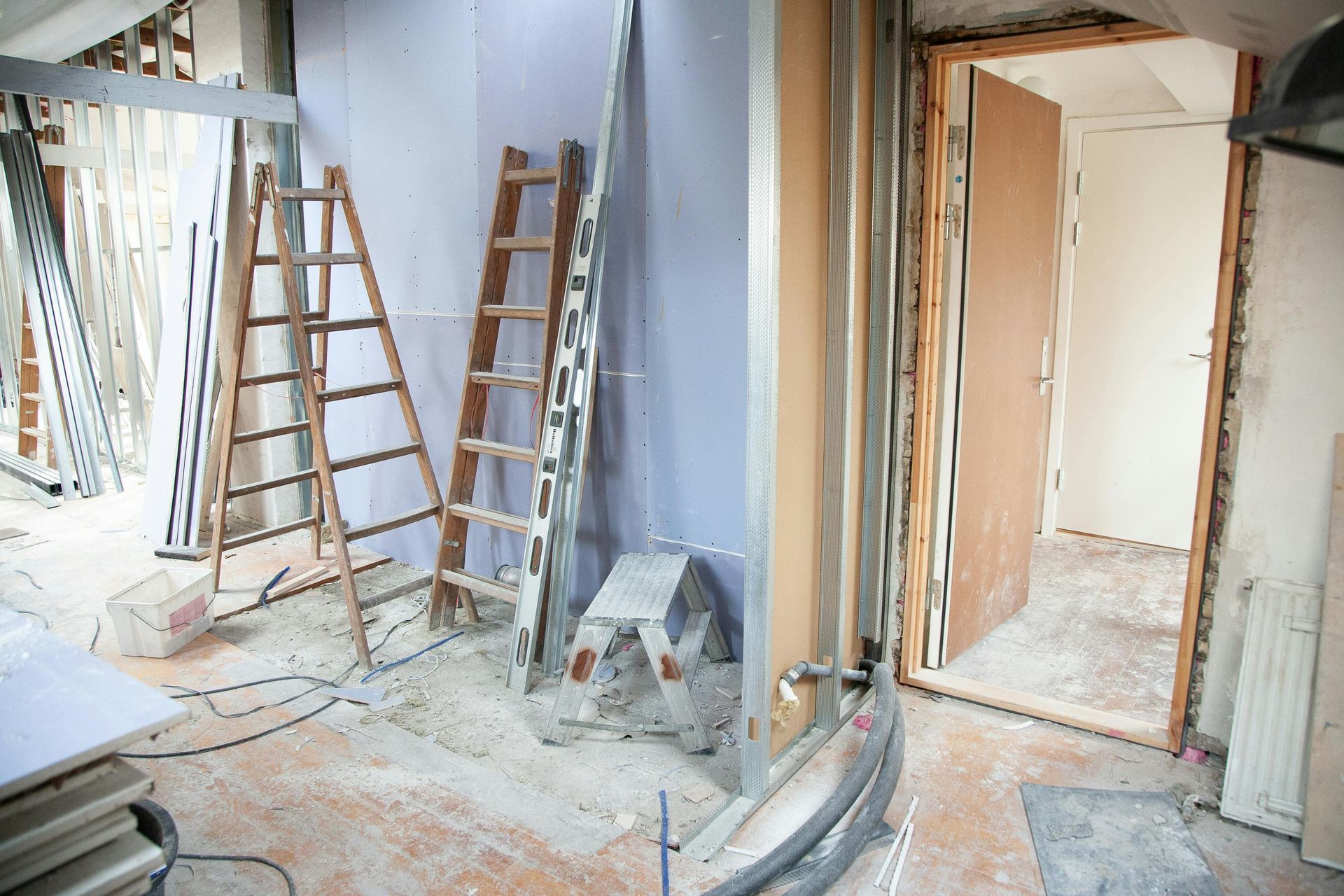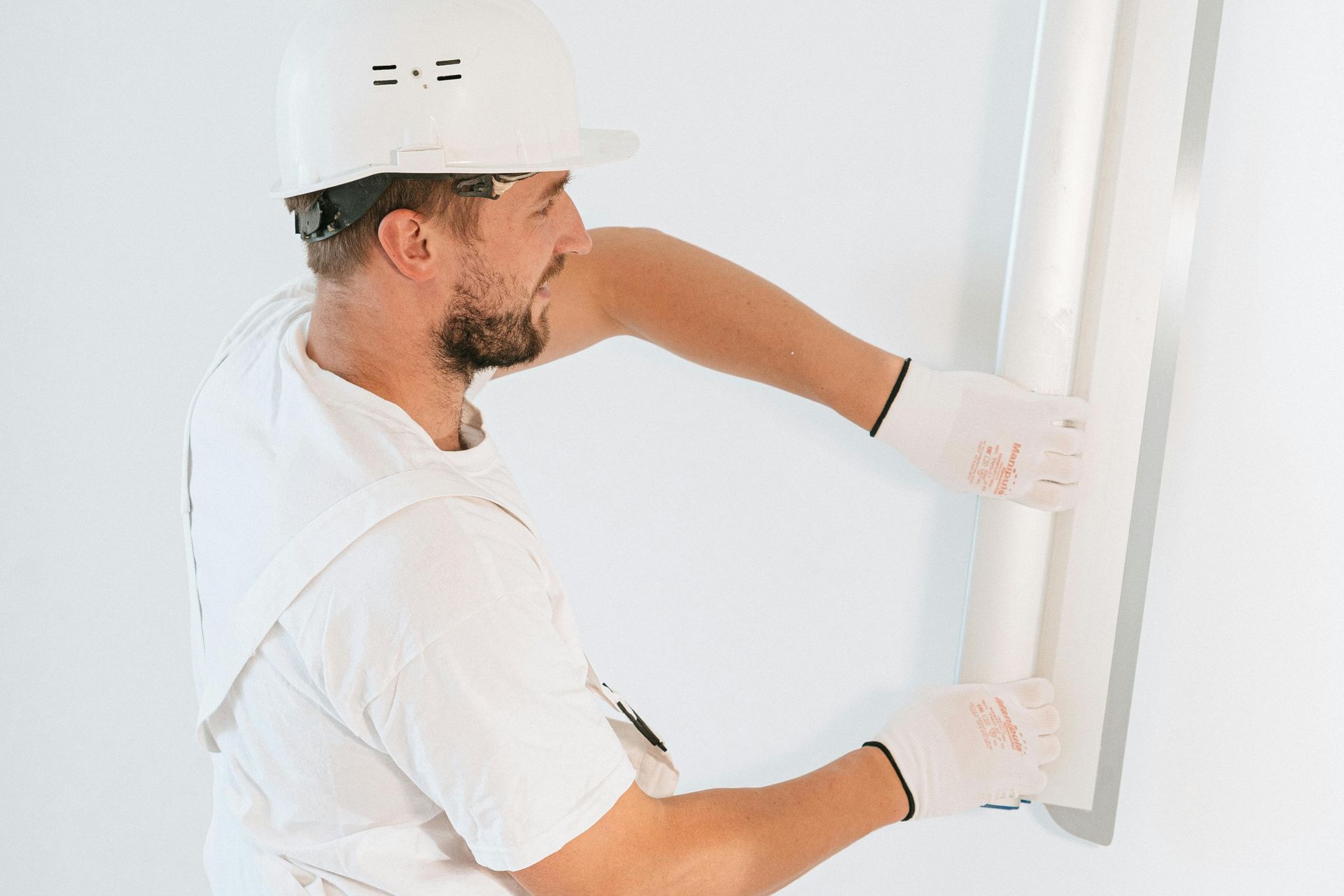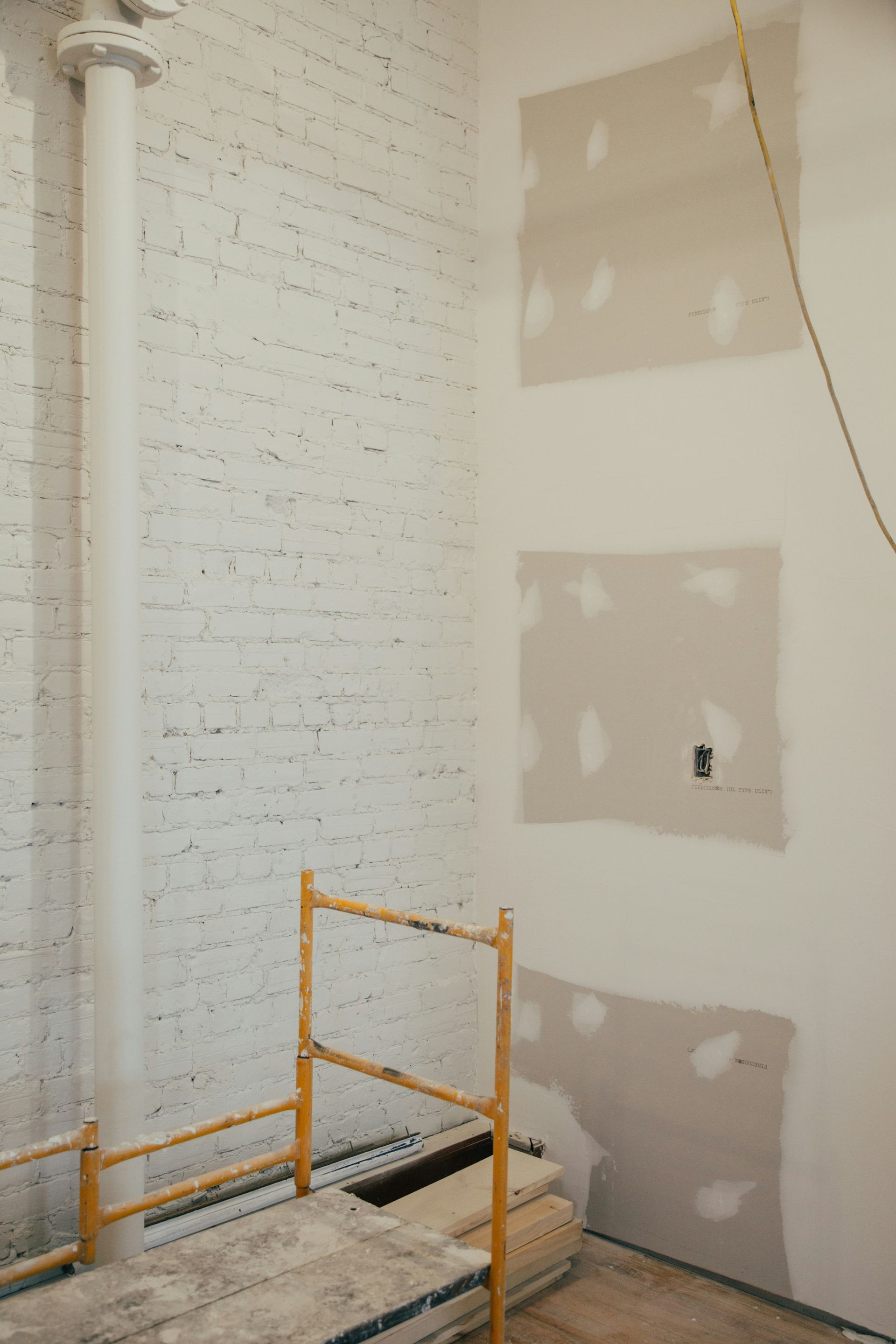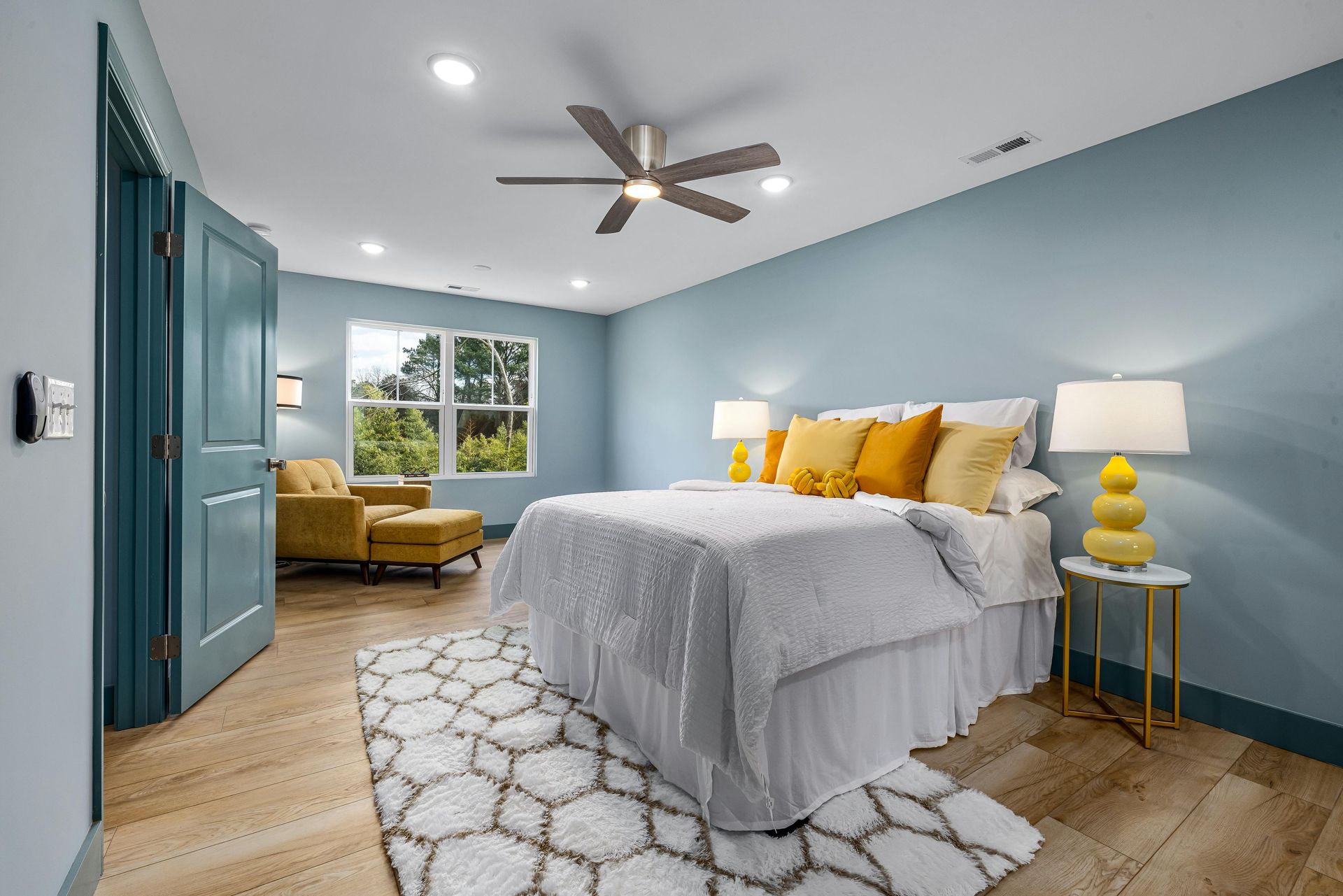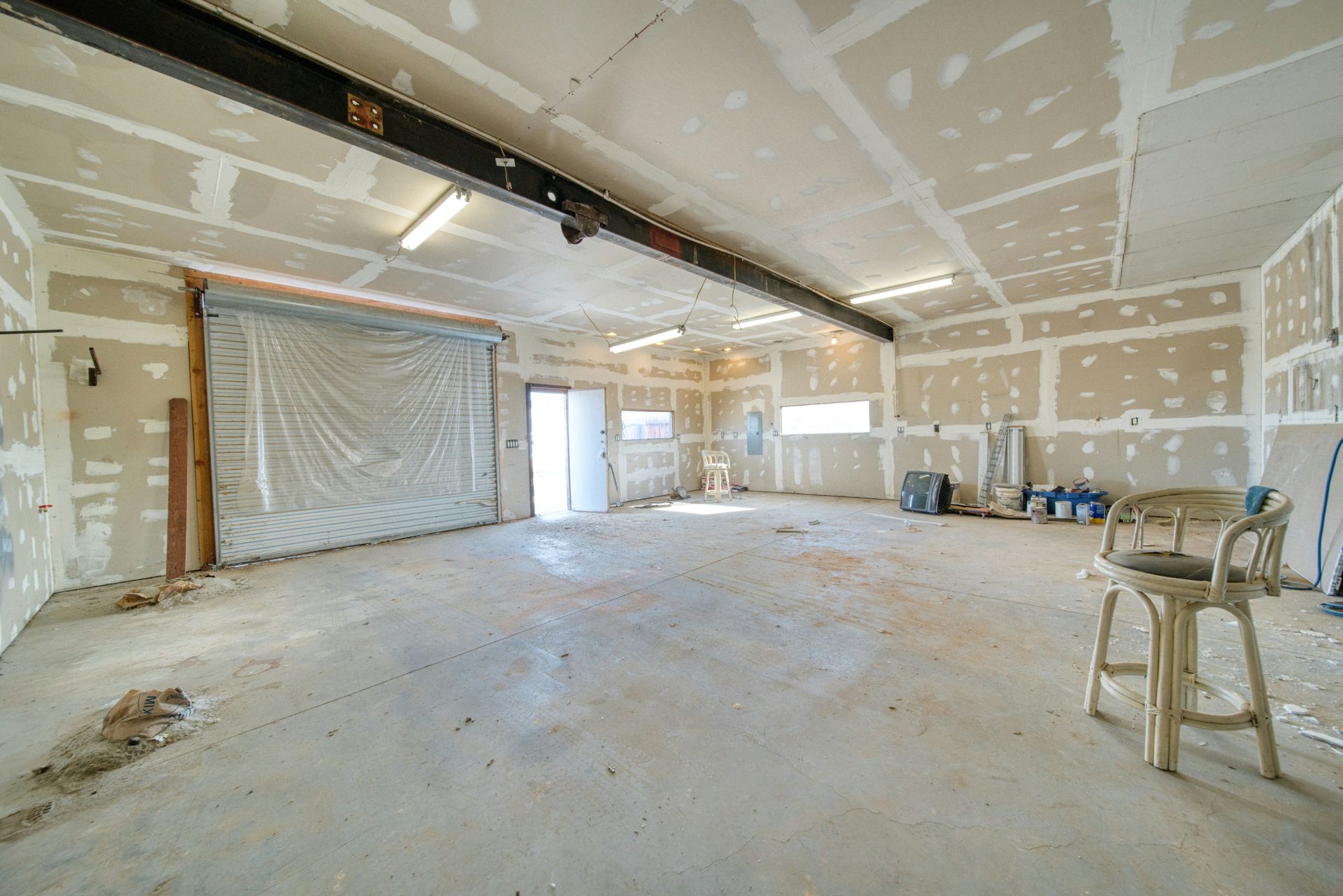WENDELL BARCO PLASTERING BLOG
Why Paint Peels Off Walls and How to Fix It Effectively
Painting your walls can give your home a fresh new look, but nothing ruins that clean finish faster than peeling paint. If you have ever walked into a room only to see patches of paint peeling off wall surfaces, you know how frustrating it can be. The good news is that this problem is common and can be solved. In this post, we will break down why paint peels, what you can do to fix it, and how to prevent it from happening again.
The Common Causes of Peeling Paint on Walls
Before you can fix paint peeling off wall surfaces, you need to know why it happens. Paint does not just fall off for no reason, and usually the culprit lies beneath the surface.
Some of the most common causes include:
- Moisture Problems: Water is paint’s worst enemy. If there is a leaky pipe, poor ventilation, or humidity in the room, it can cause peeling paint. Bathrooms, kitchens, and basements are especially vulnerable.
- Poor Surface Preparation: If the wall was dirty, oily, or dusty before painting, the paint will not stick properly. Skipping primer or painting over old peeling paint also leads to problems.
- Using the Wrong Paint: Not all paint is designed for every surface. For example, interior paint used outside will quickly start to bubble and peel.
- Temperature and Humidity Issues: Painting in extreme temperatures or high humidity can prevent the paint from bonding correctly.
- Old Layers of Paint: If the wall has multiple layers of paint built up over the years, the top layer can start to crack and peel away.
If you notice peeling paint in certain rooms of your home, chances are one or more of these issues is to blame.
How to Fix Peeling Paint on Walls the Right Way
So, you see the paint peeling off wall corners or flaking around windows and wonder: what’s the fix? The truth is that you cannot just slap another coat of paint on top and hope for the best.
Proper repair takes a few steps:
- Remove the Peeling Paint: Start by scraping off any loose or flaking paint. A putty knife works great for this job. Make sure you remove all the peeling areas until you have a smooth surface.
- Sand the Wall: Once the loose paint is gone, sanding the area helps smooth out rough edges and creates a surface the new paint can adhere to.
- Check for Moisture or Damage: If the wall is damp, painting will not work. Fix any leaks, improve ventilation, or use a dehumidifier before moving forward.
- Apply Primer: Primer is like the glue that holds everything together. It seals the surface, blocks stains, and gives your paint a better chance at lasting.
- Repaint the Wall: Use high-quality paint suited for the specific room. For bathrooms and kitchens, a moisture-resistant paint is the best choice.
With the right prep and patience, you can say goodbye to peeling paint and hello to smooth, beautiful walls.
Preventing Peeling Paint: Tips for Long-Lasting Results
Nobody wants to fix peeling paint twice. The best way to deal with this issue is to prevent it from happening in the first place.
Here are a few preventive tips:
- Control Moisture: Install exhaust fans in bathrooms and kitchens, use dehumidifiers in basements, and repair leaks quickly.
- Always Prime First: Skipping primer is like trying to glue something without adhesive. If you want your paint to last, always start with primer.
- Use the Right Paint: High-traffic areas need durable paint, while humid areas need moisture-resistant options.
- Maintain Proper Conditions: Paint when the weather is mild and humidity is low. This helps the paint cure properly.
- Regular Inspections: Every few years, check your walls for early signs of wear. Fixing small cracks before they spread can save you from full-scale peeling paint repairs.
By taking these simple steps, you can keep your walls looking great for years without the dreaded peeling paint problem.
When to Call in the Professionals
Sometimes a DIY fix is enough. Other times, peeling paint may signal deeper issues, like water damage or poor drywall conditions. If you have tried fixing it yourself and the problem keeps coming back, it is time to call a professional.
A skilled team can:
- Identify hidden moisture issues
- Repair damaged drywall or plaster
- Apply high-quality finishes that will last
- Save you time, stress, and repeat headaches
Hiring a professional is not just about fixing the current problem, it is about making sure it does not return. After all, repainting your walls every six months is not anyone’s idea of fun.
Call Wendell Barco Plastering for Expert Painting and Drywall Repair in Portsmouth, VA
If you are tired of dealing with paint peeling off wall surfaces in your home, Wendell Barco Plastering is here to help. Our team specializes in painting, drywall repair, and plaster services that give your walls a long-lasting, flawless finish. We proudly serve Portsmouth, VA, and the surrounding areas, bringing reliable workmanship and attention to detail to every project.
In addition to professional painting and drywall repair, we also offer
drywall installation and
interior painting services. Call us today at
(757) 935-7297 to schedule your service and restore your walls with confidence.
FAQs
Why is paint peeling off my wall so quickly after painting?
This often happens when the surface was not prepped properly, or if the wall was damp at the time of painting.
Can I paint directly over peeling paint?
No, painting over peeling paint will not solve the problem. You need to scrape, sand, prime, and then repaint.
Does peeling paint always mean water damage?
Not always. While moisture is a common cause, poor prep or wrong paint choice can also cause peeling paint.
How do I know if my wall needs drywall repair before painting?
If you notice cracks, holes, or soft spots beneath the peeling paint, you likely need drywall repair first.
How long should a professional paint job last?
With proper prep and quality materials, a paint job should last 7 to 10 years indoors before showing signs of wear.
